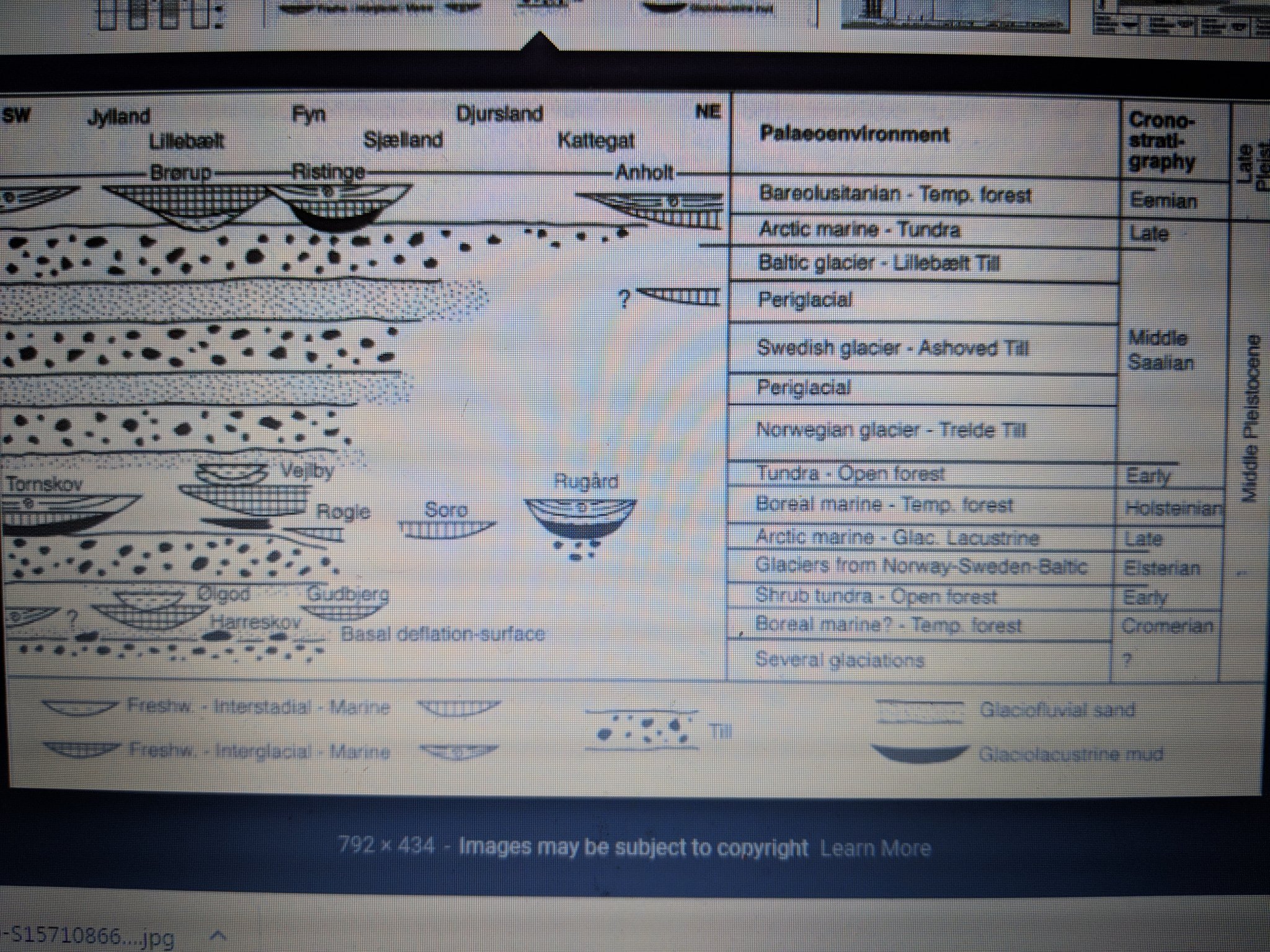Job 33:6
Well-Known Member
- Jun 15, 2017
- 9,647
- 3,260
- Country
- United States
- Gender
- Male
- Faith
- Christian
- Marital Status
- Married
- Politics
- US-Republican
I appreciate your area of specialty if your a geologist. But we are not talking about Glacial till which I suspect might be rich in fossil fragments like little pieces of broken up bone and teeth. But not whole bones much less whole animals. I am surprised though if this is some kind of and area of specialty of yours that so many consider wind blown Loess is made up of mostly glacier till.
Anyway. In the articles I have been gleaning over since we started this discussion, and remember Loess is new to me. I keep seeing things like Mastodons and such being dug up out of Loess in the Midwest. So apparently whatever caused these freaky dust storms capable of killing and burying nearly burying a couple of continents worth of animals. Many scientists consider the withdrawal of the glaciers and the leftover till responsible for the dust.
https://en.wikipedia.org/wiki/Loess_Hills
https://en.wikipedia.org/wiki/Loess
https://igws.indiana.edu/Surficial/Loess.cfm
https://www.geobotany.uaf.edu/library/pubs/WalkerDA1991_emon_61_437.pdf
This helps, but you still have to clarify on a locality. The research papers you posted, they clarify on the environment, but they dont actually say anything about fossils within the loess.
I could make a statement about fossils being found in magma, and I could give you a research paper on igneous deposits. But if the research doesnt say anything about fossils, i could hypothetically be wrong. Not that I necessarily disbelieve you, you just have to be more specific.
Upvote
0



